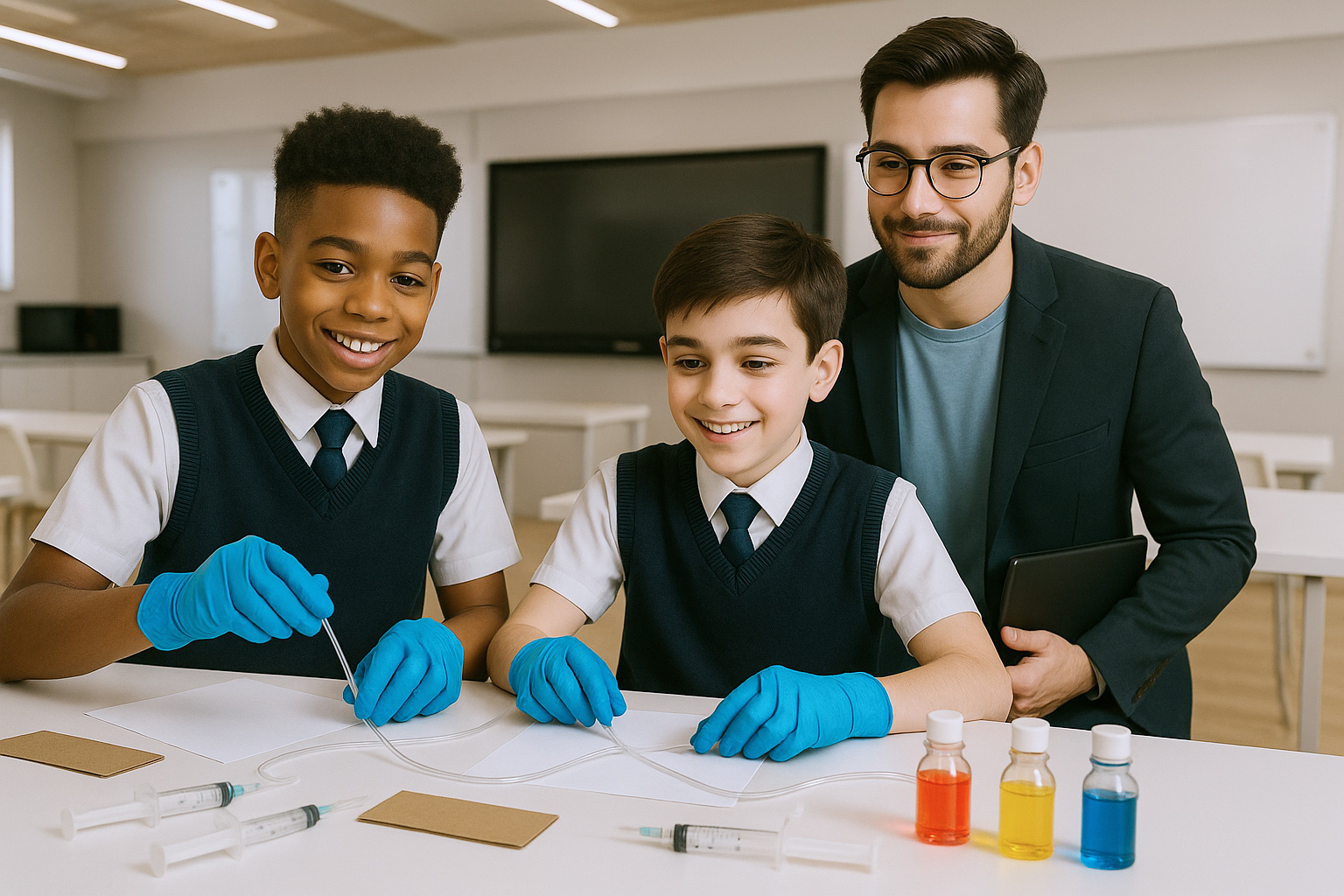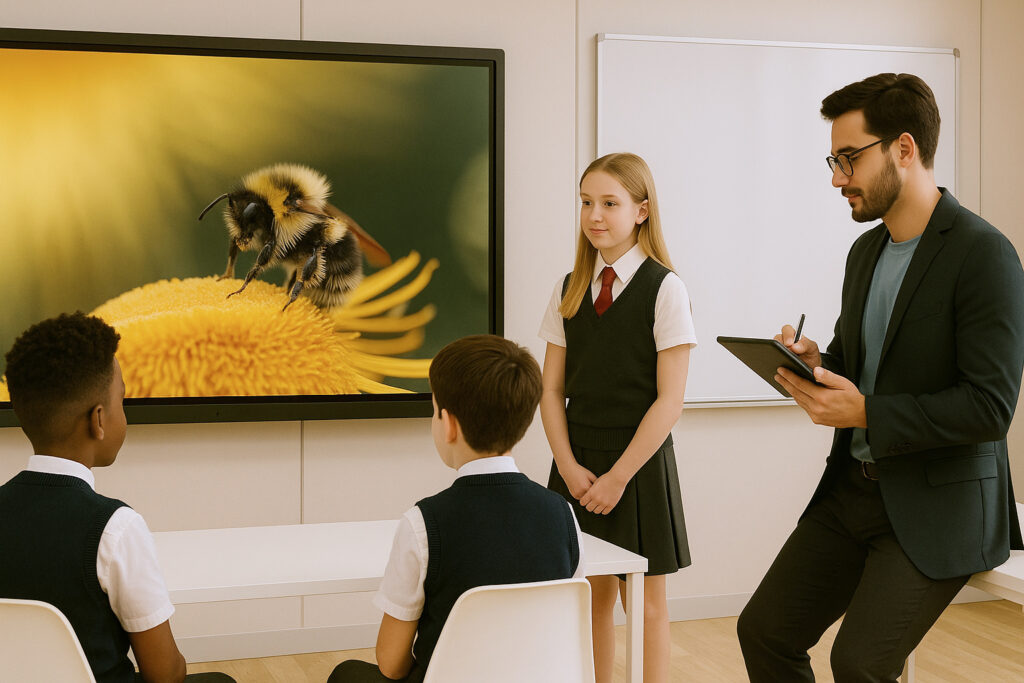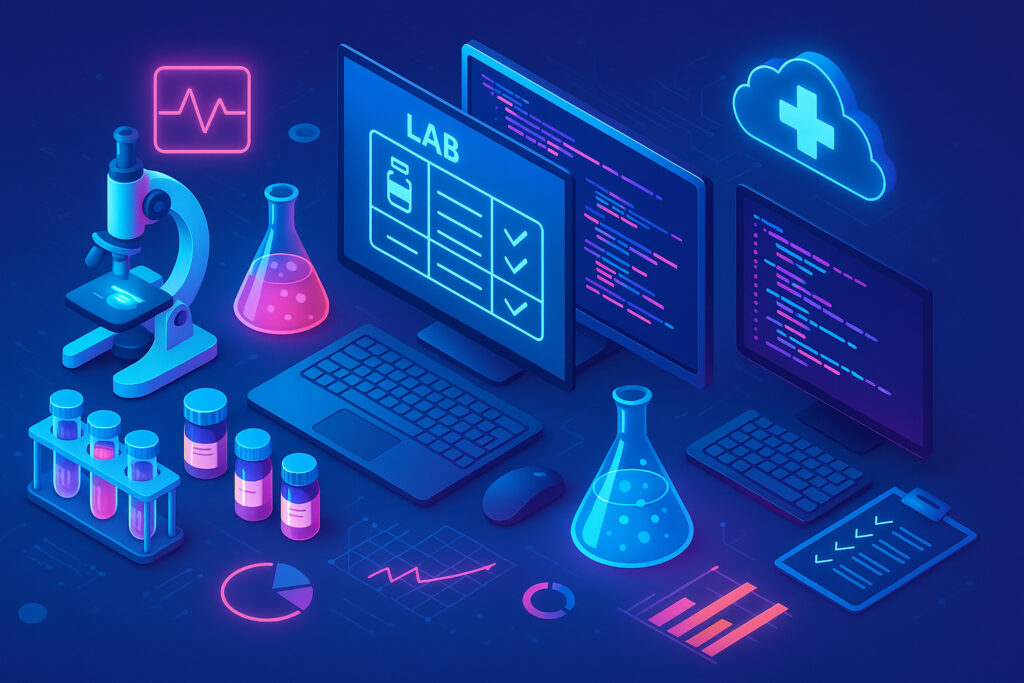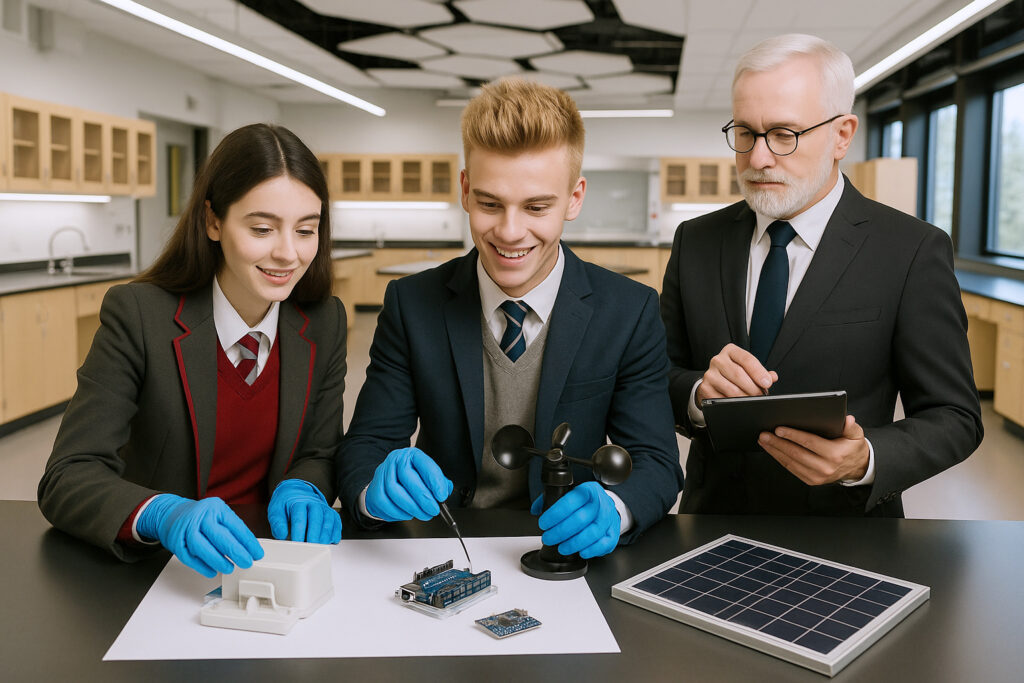HydroHand
Students build a cardboard model of a human hand using syringes and colored water to simulate muscles and tendons, learning how finger movement works in medicine, robotics, and biomechanics.
- Middle School
In this anatomy-meets-engineering STEAM project, students explore how the human hand functions and how its complex movements can be replicated using simple, hands-on materials. With ProjoTech’s special kit (HydraDex), they build a cardboard model of a human hand, focusing on joints, muscles, and tendons and how they work together to create finger movement.
To simulate muscle contraction and relaxation, students connect syringes filled with colored water to the cardboard fingers. As the syringes are pushed or pulled, the hydraulic motion causes the fingers to bend and extend—demonstrating how muscle-tendon systems work in real life. Students also study the knuckle joints, phalanges, and the role of opposing muscle pairs in creating precise motion.
This project links directly to applications in medicine, prosthetics, robotics, and mechanical systems, encouraging students to think about biomechanics, design, and problem-solving. It’s a fascinating fusion of biology and engineering, offering insight into how our bodies work and how we can mimic them with machines.
For more Information:

For more Information:
- Detailed Project Plan following the Engineering Design Cycle for Middle School.
- Assessment Criteria for each stage with level descriptors.
- Aligned with American Standards and practices (NGSS, CCSS, & ISTE)
- HydraDex Kit with instructional video.
- Access to the Basic ProjoTech App on any web browser.
- Digital Resources and worksheets are allocated to different tasks.
- Comprehensive Teacher Guide.
- List of required tools and devices in the school.
For more Information:




